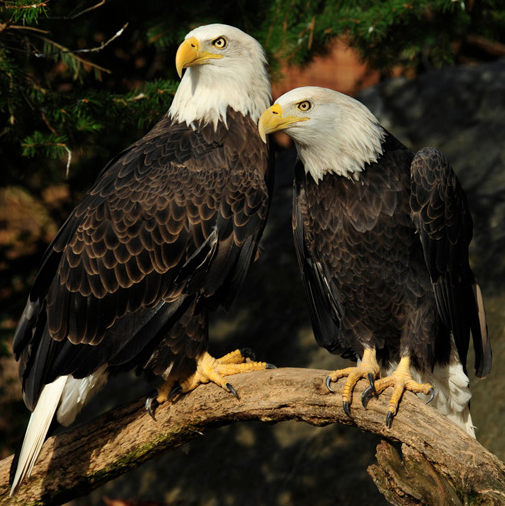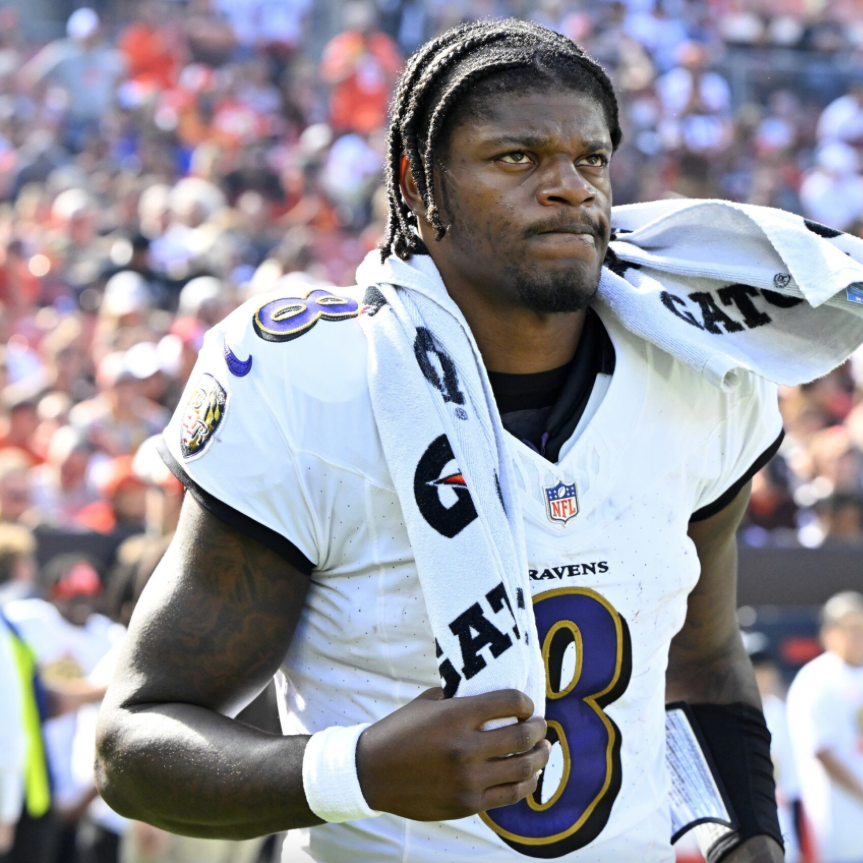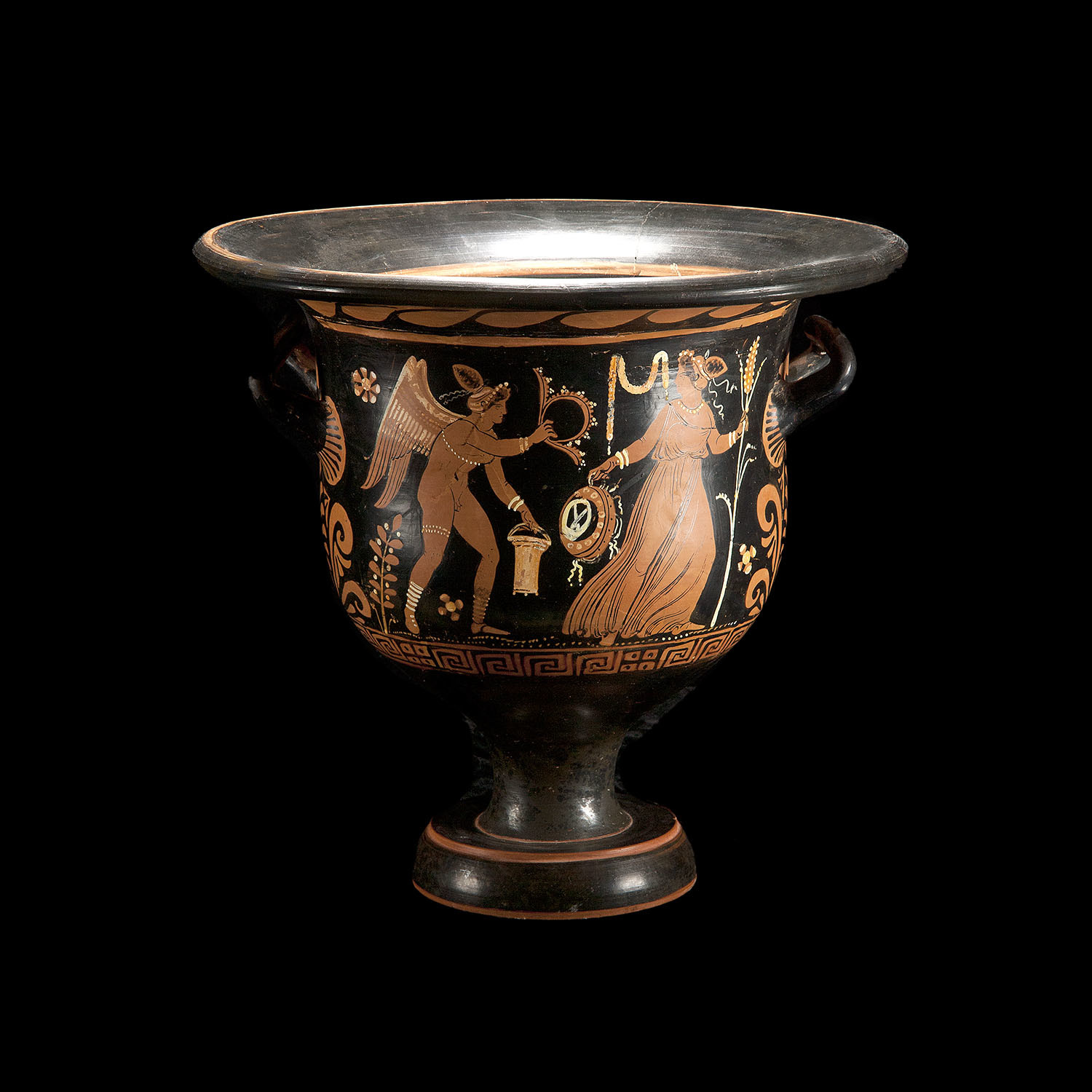4)
The representation of the gods mixes zoomorphism and anthropomorphism in three different ways, according to the part that takes their animal or human character:
- The divinities could have been conceived simply in the form of animals, good or bad, useful or fearsome to humans: the bull, the lion, the large caprids. But these animals are represented in human attitudes: a relief shows a bull rowing in a boat or leaning on two small lions that he maintains by his front legs.
- One could also envisage deities in the form of half-animal half-human entities. Some characters of the Babylonian glyptics, for example, are represented with a man’s bust ending in a long snake’s tail, or having shoulders from which snakes are born. However, this tendency was, in Mesopotamia, much less represented than in Egypt.
- Finally, the gods appear as human beings. But they are then flanked by an animal attribute. Adad, the god of lightning and storms, is accompanied by his bull; Ishtar, goddess of fertility and also of war, by her lion and in some countries by the dove, etc.
The animal/human duality of the gods is also superimposed on the male/female duality. The male and female principles of fecundity thus appear linked in the primitive god of Sumer: Enlil and his parèdre Ninlil, who later became Ishtar with all her attributes.
But while these divine male and female principles, objects of a cult in the whole of former Asia, were adored under this aspect in Asia Minor for example, Mesopotamia granted rather to the male god the character of divinity of the elements whose action ensures the reproduction and the fecundity.
Ishtar, on the other hand, kept her aspect of goddess of fertility and preserved her place during the development of the Assyro-Babylonian pantheon.
When the cities of old Mesopotamia were founded, each city had its own god; whatever his name was, his attributes remained more or less the same; sometimes it was his character of god of storms and beneficent rain that dominated, sometimes that of luminous god, vivifying the universe by his warmth, sometimes his qualities of wisdom and knowledge of all things.
This god, to be the god-patron of the city, was not an exclusive god, he admitted at his sides the worship of other divinities.
Sometimes, the fame of the god of another city was such as the city raised a temple to him in addition to that of its local god; sometimes, when a city, following a happy campaign, acquired the hegemony on the neighboring cities, it annexed, in a way, the gods of its new subjects; It is thus that in a short time each city had several official cults without counting the particular cults that the inhabitants come from abroad could bring with them; nascent Assyria honors a god since a long time famous: Anu, but it makes room in the same sanctuary for an important deity from the West: Adad.
______________________________________________________________________________________
- Demons like to mix everything: men, women, animals, many deities!
- So different from Yah.weh!
- On the one hand, One God, on the other hand, a multitude of gods!
- Now look at religions today!
- Find the mistake!
- Yah.weh’s word or demons’ tradition!





